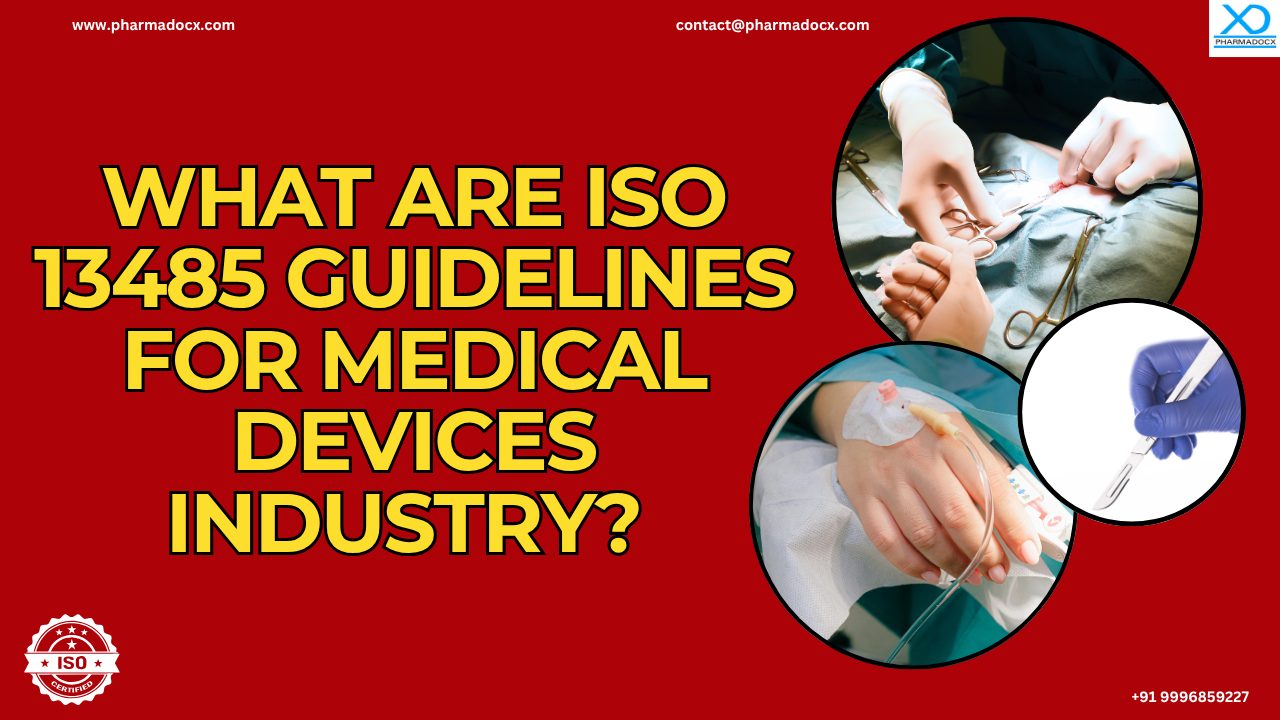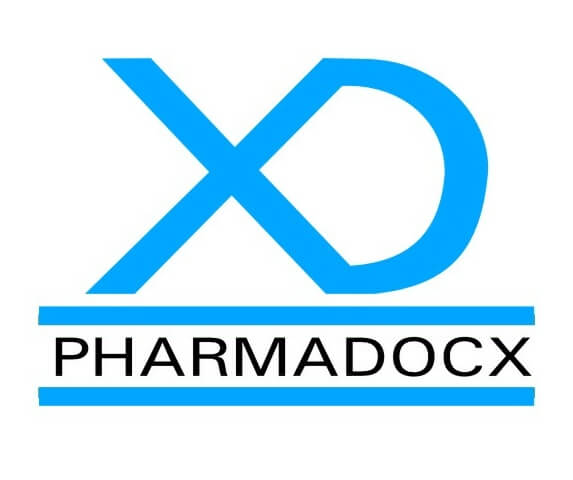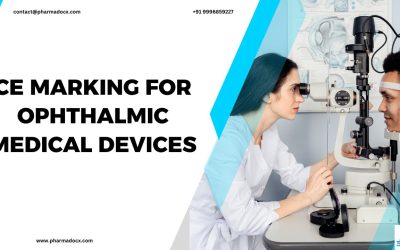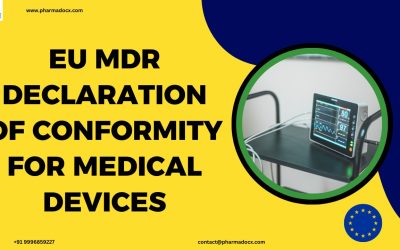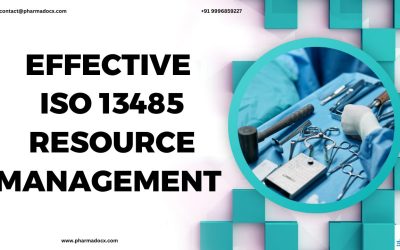Medical device manufacturers, suppliers, and service providers need to have a clear understanding of ISO 13485 guidelines. ISO 13485 is the internationally recognized standard for quality management systems (QMS) for the medical device industry. In this blog, we have curated everything you need to know about ISO 13485 standards for the medical device industry. Additionally, we have provided a step-by-step guide to easily securing the ISO 13485 certification.
What are ISO 13485 guidelines?
ISO 13485 guidelines are an international accepted standard that outlines the requirements for a quality management system (QMS) specific for the medical device industry. Implementing ISO 13485 will help ensure product safety, meet regulatory requirements, and expand into global markets. Thus, ISO 13485 standards help ensure organizations consistently meet customer expectations and regulatory requirements for medical devices and related services.
8 key requirements of ISO 13485 guidelines are as follows:
- QMS: Quality management system (QMS) forms the core of ISO 13485 standards. Establish, implement, and maintain a robust QMS designed specifically for medical devices.
- Regulatory compliance: Align processes and the medical device with key global and local medical device regulatory standards.
- Risk management: Identify, analyse, and mitigate risks throughout the product lifecycle.
- Product realization: Manage the design, development, and production of medical devices.
- Management responsibility: Top management is expected to demonstrate commitment to the QMS. Establishing quality policy and objectives. Conduct regular management reviews.
- Supplier management: Ensure compliance and quality across supply chains.
- Implement corrective and preventive actions (CAPA): Address non conformities and proactively implement improvements.
- Documentation: Maintain structured documentation for traceability and accountability. Maintain document change history for having a proper audit trail.
Who needs ISO 13485 in the medical device industry?
ISO 13485is aimed at consistently delivering high quality products, ensuring product safety, and meeting regulatory requirements. Various stake holders are involved in the medical device industry and the ISO 13485 standards are of relevance for each of them. We have highlighted how ISO 13485 guidelines are essential for different parties in the medical device industry.
- Suppliers and vendors: Raw material quality affects the final product quality. Hence, suppliers and vendors are required to demonstrate adherence to quality and safety standards in the supply chain.
- Medical device manufacturers: ISO 13485 provides framework for compliance with medical device regulatory guidelines, such as US FDA, EU MDR, and CDSCO.
- Distributors: ISO 13485 helps distributors maintain credibility and regulatory compliance when selling medical devices.
- Testing and calibration labs: It ensures accurate and standardized testing of medical devices.
- Healthcare facilities: It guides facilities that handle medical devices to ensure high-quality patient care is delivered.
- Regulatory consultants: ISO 13485 standards provide essential knowledge for guiding companies with certification and compliance processes.
Steps-by step guide to securing ISO 13485 certification
- Understand the ISO 13485 standards for medical device industry QMS: It is important to understand the provisions of ISO 13485 guidelines for medical device industry QMS. Focus on clauses related to QMS, management responsibility, product realization, and risk management. Consult with regulatory experts for deeper insights.
- Conduct a gap analysis: Compare current practices against ISO 13485 standards. Identify missing processes, documentation, or controls. Prioritize gaps that impact regulatory compliance.
- Develop a robust quality management system (QMS): Create a quality manual as well as policies and procedures. Define roles, responsibilities, and process interactions. Additionally, Include document control, risk management, and CAPA systems.
- Conduct staff training sessions: Impart training on ISO 13485 standards and provide role-specific training. Maintain training records for audit readiness.
- Implement risk management: Identify, assess, and control risks throughout the product lifecycle. Document risk procedures and mitigation strategies.
- Conduct internal audits: Audit all QMS processes using a structured checklist. Identify non-conformities and implement corrective actions. Prepare for external audit scrutiny.
- Undergo certification audit: First, undergo documentation review. Then, on-site audit of QMS implementation will be performed. Notably, promptly address any non-conformities.
- Achieve ISO 13485 certification: After a successful review and audit, you will receive the ISO 13485 certificate. Use the ISO 13485 certification to demonstrate commitment to regulatory requirements and access regulated markets.
Challenges faced while complying with ISO 13485 guidelines
- Inadequate internal auditing: Skipping or poorly conducting internal audits leads to undetected non-conformities.
- Ineffective CAPA: Overburdened or ineffective corrective and preventive action processes will lead to ISO 13485 non-compliance.
- Incorrect or incomplete documentation: Incorrect or incomplete documentation will lead to failure to demonstrate ISO 13485 compliance. Additionally, poor document management is a commonly observed issue.
- Supplier issues: The raw material quality translates to final product quality. Hence, poor quality raw materials or supply chain issues will disrupt production as well as lead to non-compliance.
- Poor documentation control: Disorganized or outdated documentation hampers traceability and audit readiness.
- Insufficient management engagement: Management must lead quality initiatives, set objectives, and participate in reviews. Absence of this will lead to compliance issues.
- Resource constraints: Small and medium enterprises may struggle with time, budget, and manpower required for implementing ISO 13485 in their organisation.
- QMS software validation issue: Lack of clarity on QMS-related software tool validation.
How can Pharmadocx Consultants help you obtain the ISO 13485 certification?
- Expert guidance and support: Our seasoned professionals will provide expert guidance and support. We will break down the ISO 13485 guidelines helping you understand every detail.
- Customised solutions: We understand every medical device business is unique. We tailor our ISO 13485 compliance services as per your needs and requirements.
- Gap analysis: We will assess your current systems, identify areas of non-compliance, and provide suggestions to completely comply with ISO 13485 standards.
- Mock audits: With our assistance, you will be well-prepared for both internal and external audits. Our mock audit services will prepare you for the regulatory audits.
- Training and workshops: We provide hands-on training sessions and workshops for your staff. Our training session will equip you with the knowledge and skills needed to consistently uphold ISO 13485 standards.
- Successful grant of ISO 13485 certification: Our team will ensure you comply with all the clauses of ISO 13485 guidelines and easily secure the certification. Additionally, we provide post certification support to our clients. We provide support for maintenance, renewals, and updates to the standard.
ISO 13485 guideline compliance checklist
We have prepared an ISO 13485 compliance checklist to help you easily comply with the guidelines.
- Quality management system (QMS): Establish and maintain a documented QMS. Clearly define quality policy and objectives. Additionally, maintain a detailed quality manual.
- Resource management: Ensure personnel competence and organise training sessions. Maintain proper infrastructure and work environment as per applicable guidelines.
- Management responsibility: Conduct regular management reviews. Assign a management representative. Ensure customer and regulatory focus in your medical device QMS.
- Product realization: Properly plan product development and realization. Define medical device design and development controls. Manage purchasing and supplier controls. Additionally, validate production and service processes. Furthermore, control monitoring and measuring equipment.
- Analysis and improvement: Conduct internal audits of the systems and processes in place. Implement a robust and effective corrective and preventive actions (CAPA) plan. Finally, monitor customer feedback and complaints. Analyze data obtained for improvement opportunities.
- Risk management: Apply risk-based approaches and strategies throughout processes. Align with ISO 14971 standards for medical device risk management.
- Proper documentation and record control: Maintain proper documentation of the QMS. Have document and record control in place. Ensure provision for traceability and retention. Maintain document change history.
We at Pharmadocx Consultants will be more than happy to help you comply with ISO 13485 guidelines in a hassle-free manner. Simply email at [email protected] or call/Whatsapp on 9996859227 to avail our comprehensive services specially tailored per your requirements.

